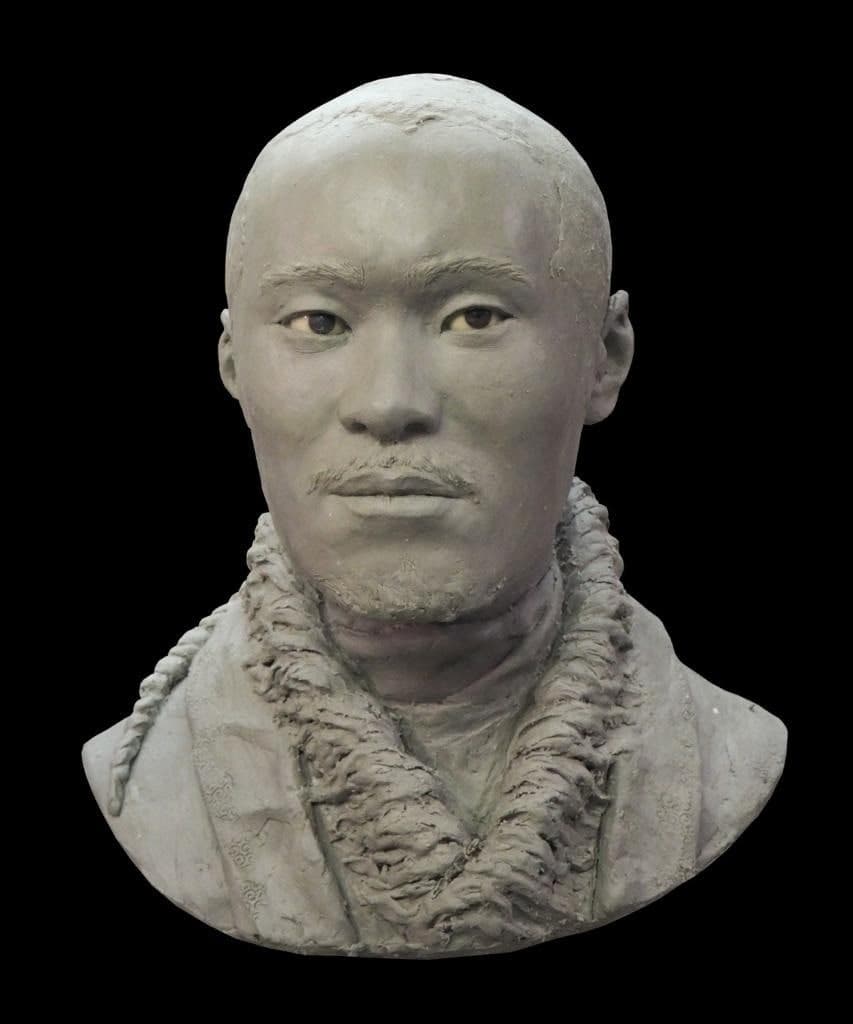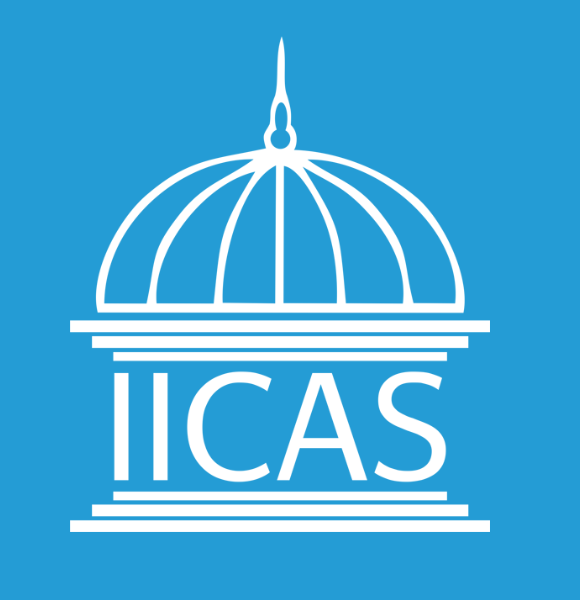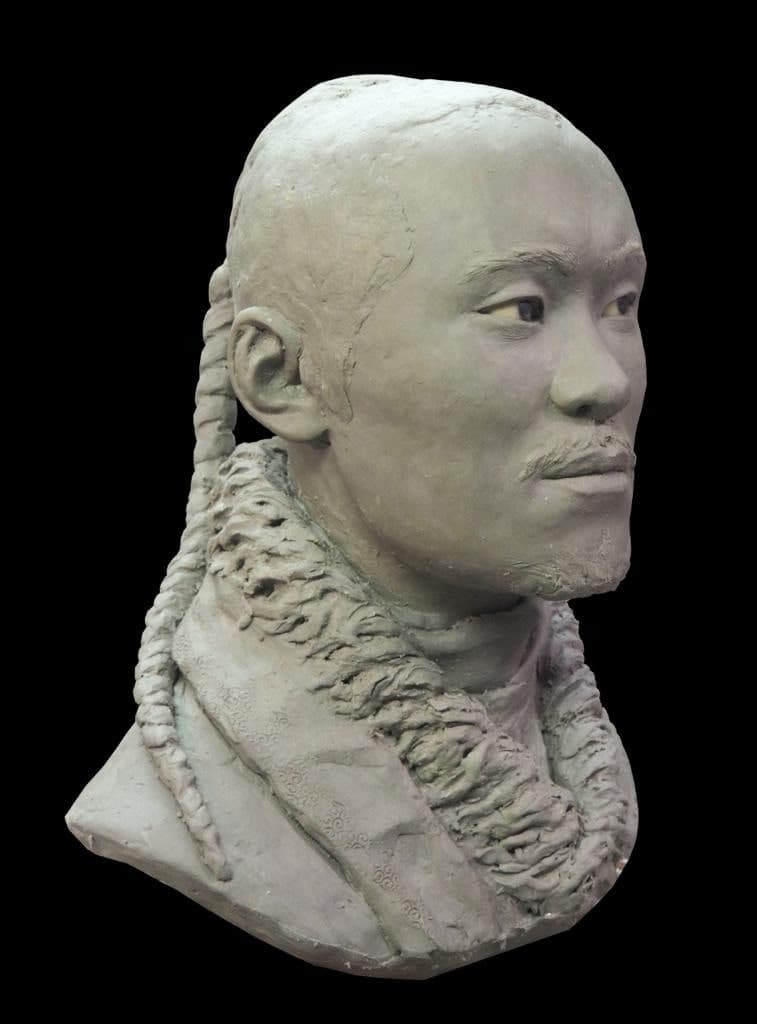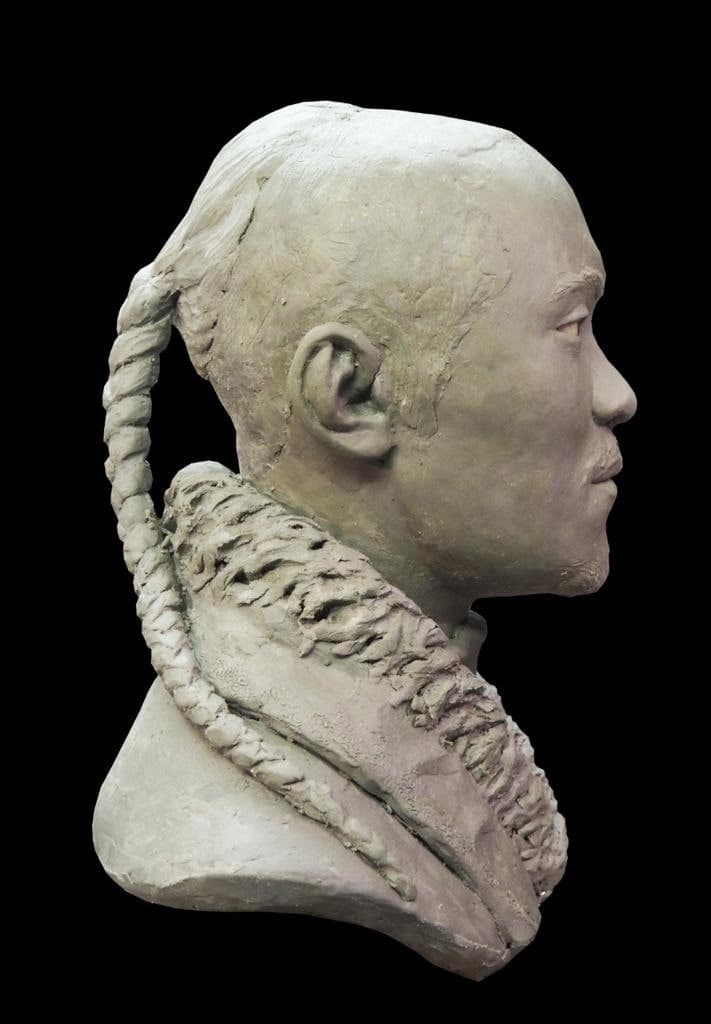
MAN FROM BOZ-ADYR: CRANIOLOGY, FACIAL RECONSTRUCTION BASED ON THE SKULL FROM THE MEDIEVAL NECROPOLIS IN TIEN SHAN

*
Over the past two years, as part of this project, Shejire DNA in conjunction with IICAS, have been jointly working on the study of the phenomenon of еру ethno-cultural transfer of the population of the Central Asian region in the early Middle Ages. In the future, the results of these studies conducted by the Shejire DNA project in collaboration with IICAS will undoubtedly become an important tool for understanding the genetic and anthropological history of the formation of ethnogeneses of Central Asia. Based on the results of the 2020 research, a famous anthropologist, Aleksey Nechvaloda, carried out his work on the anthropological skull-based facial reconstruction per the paleogenetic data of an individual who lived, according to radiocarbon analysis, in ca. 1150 AD on the territory of the southern coast of Lake Issyk-Kul (Kyrgyz Republic). The skull of a young man from Mound No. 28 of the Boz-Adyr Burial Ground, in the valley of the Tuura-Suu river, was examined and reconstructed. The creation of the mounds is dated to the Turkic-Mongolian times. The skull belonged to a young man who possessed a Central-Asian-type Mongoloid craniological complex. The Heinke method comparative analysis that was carried out, has shown its greatest affinity with the sampling of skulls of the Transbaikalian Buryats and the skulls of the Mongolian times. An anthropological facial reconstruction was performed based on the skull reflecting the Central Asian phenotype of the individual from Mound No. 28. The results of the repeated molecular genetic analysis were fully consistent with the results of the morphological study.
Share:



